Computing Systems: Devices
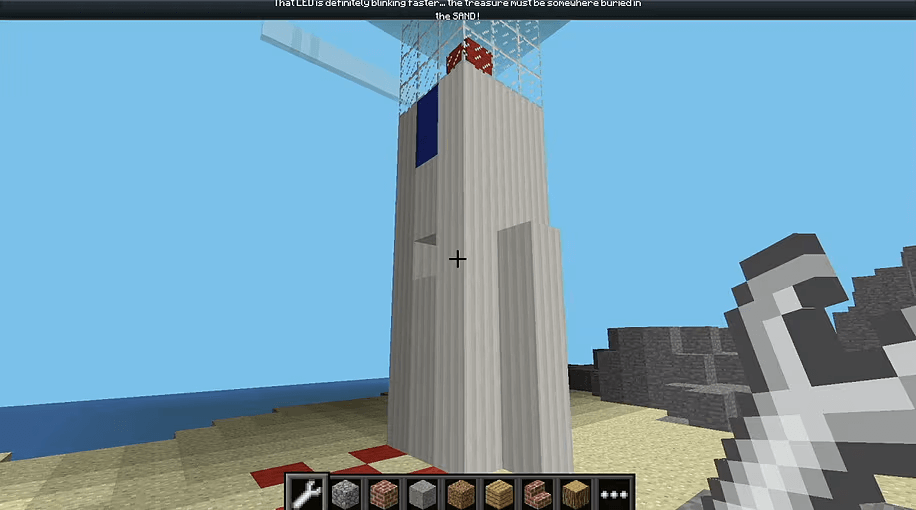
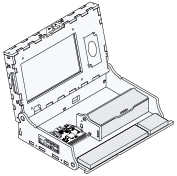 Piper Computer Kit
Piper Computer Kit
Having learned the basics of circuits, breadboards and the different electrical properties of different materials, students will understand the difference between an output and input by comparing the LED behavior to button and switch behavior.
The StoryMode projects (sometimes called Levels) are arranged as planets in the user interface. The story for each planet will guide students through the fundamental concept of wiring a circuit and understanding how circuits on the breadboard work. As they complete one StoryMode project, the next one unlocks.
This lesson goes through the stories: Treasure Hunt and Chain Reaction.Review Piper Quick Guides for Treasure Hunt and Chain Reaction.
*These checks for understanding help reinforce the science skills of generating and comparing multiple solutions that use patterns to transfer information (NGSS (4-PS4-3))
Note: Students may have trouble getting the buttons to work. Remember that good contact is the key to good electric flow. Buttons and wires need to be properly aligned and seated. Students may need assistance getting the wiring just right.Closing Activity (10-15 minutes)
Combine a few teams together in small groups of 4 to 6. Have individuals contribute questions/answers on the topic of LEDs, buttons, and switches, giving references to the two Piper worlds they just finished that explored this new concept.
Assign peer leaders to either document or summarize their group’s ideas. Provide prompts to help them get started: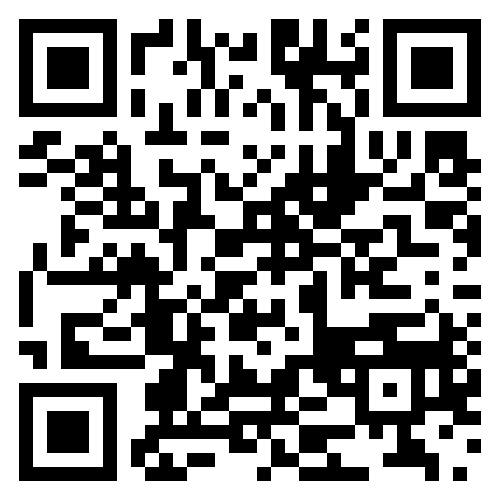 Electrician: Salary $61,590/yr
Electrician: Salary $61,590/yr
 Computer Hardware Engineer: Salary $132,360/yr
Computer Hardware Engineer: Salary $132,360/yr
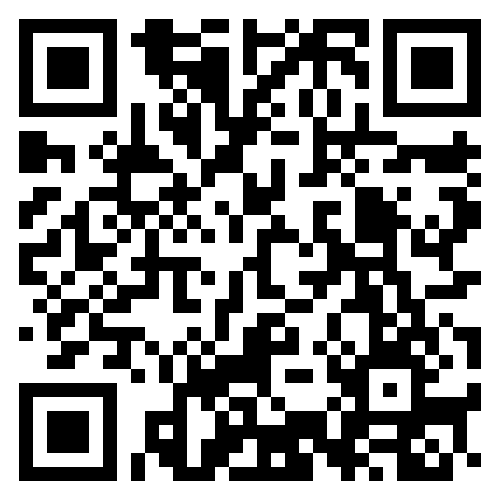 Agricultural Engineer: Salary $130,720/yr
Agricultural Engineer: Salary $130,720/yr
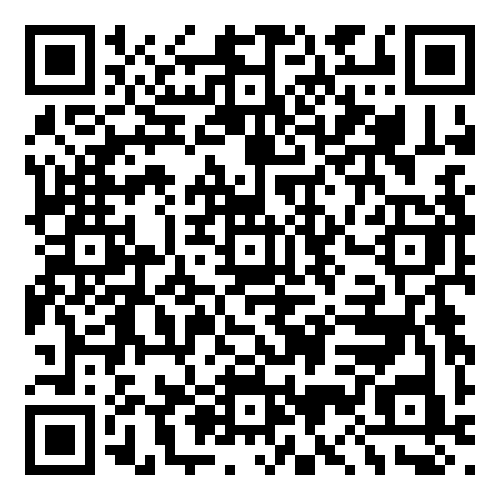 Environmental Engineer: Salary $96,530/yr
Environmental Engineer: Salary $96,530/yr
Below is a map of the StoryMode Planets
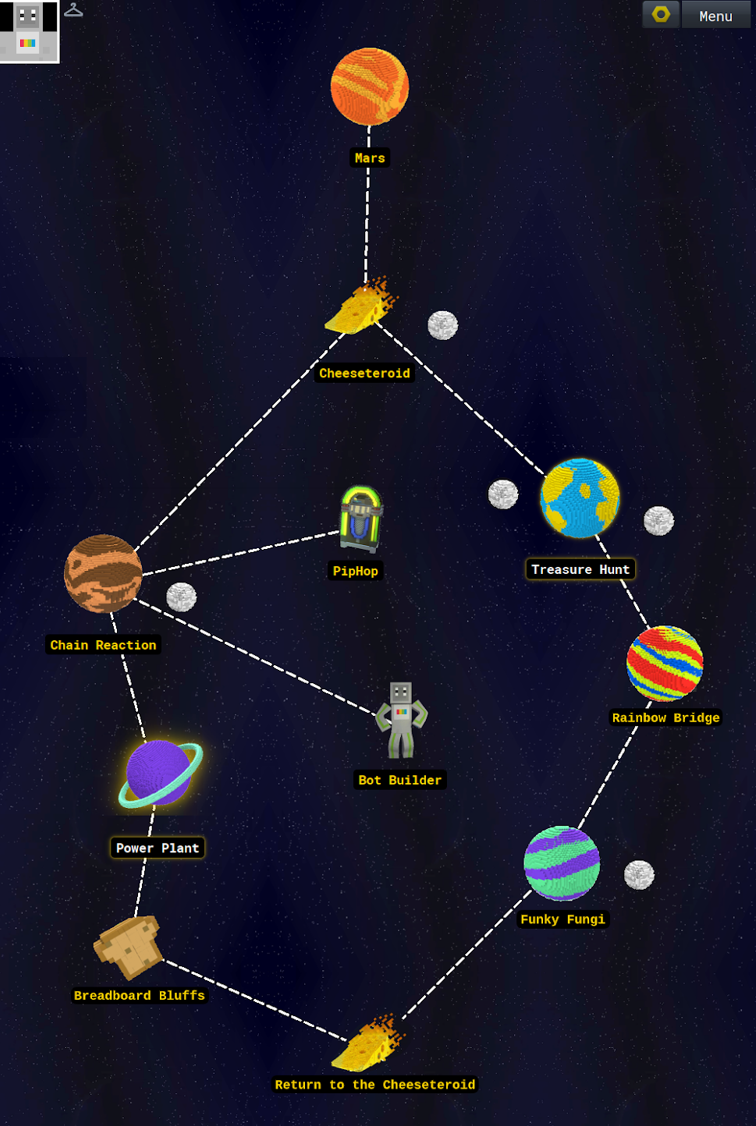
Binary A number system based only on the numerals 0 and 1; a base 2 numeral system. Composed of, relating to, or involving two; dual.
Troubleshooting The process of figuring out what’s wrong with something and finding a solution to fix it.
LED (Light Emitting Diode) A diode is like a one-way valve that only allows electricity to flow in one direction. All diodes give off some light (visible or invisible) when electricity passes through them, but LEDs give off lots of visible light in specific wavelengths (colors).
We are excited to be aligned with the following standards.

| Concepts | Standards |
|
Computing Systems: Devices |
CA 3-5.CS.1 Describe how computing devices connect to other components to form a system. (P7.2) |
|
Computing Systems: Hardware & Software |
CA 3-5.CS.2 Demonstrate how computer hardware and software work together as a system to accomplish tasks. (P4.4) 6-8.CS.2 Design a project that combines hardware and software components to collect and exchange data. (P5.1) |
|
Computing Systems: Troubleshooting |
3-5.CS.3 Determine potential solutions to solve simple hardware and software problems using common troubleshooting strategies. (P6.2) 6-8.CS.3 Systematically apply troubleshooting strategies to identify and resolve hardware and software problems in computing systems. (P6.2) |
|
Algorithms & Programming |
3-5.AP.13 Decompose problems into smaller, manageable tasks which may themselves be decomposed. (P3.2) 3-5.AP.18 Perform different roles when collaborating with peers during the design, implementation, and review stages of program development. 6-8.AP.13 Decompose problems and subproblems into parts to facilitate the design, implementation, and review of programs. (P3.2) 6-8.AP.18 Distribute tasks and maintain a project timeline when collaboratively developing computational artifacts. (P2.2, P5.1) |
|
Practices |
P1. Fostering an Inclusive Computing Culture P2. Collaborating Around Computing P4. Developing and Using Abstractions P5. Creating Computational Artifacts P6. Testing and Refining Computational Artifacts |
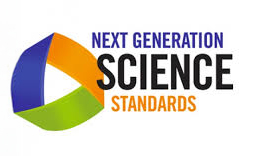
| Concept | Standard |
|
Make observations to provide evidence that energy can be transferred from place to place by sound, light, heat, and electric currents. |
|
|
Apply scientific ideas to design, test, and refine a device that converts energy from one form to another. |
(4-PS3-4) |
|
Generate and compare multiple solutions that use patterns to transfer information. |
(4-PS4-3) |
|
Generate and compare multiple possible solutions to a problem based on how well each is likely to meet the criteria and constraints of the problem (Performance Expectation). |
|
|
Plan and carry out fair tests in which variables are controlled and failure points are considered to identify aspects of a model or prototype that can be improved. (P.E.3.4.7) |
|
|
Waves and their Applications in Technologies for Information Transfer Connection to the Nature of Science: Science knowledge is based upon logical and conceptual connections between evidence and explanations. |
(MS-PS4-1) |
|
Integrate qualitative scientific and technical information to support the claim that digitized signals are a more reliable way to encode and transmit information than analog signals. |
(MS-PS4-3) |
|
Digitized signals (sent as wave pulses) are a more reliable way to encode and transmit information (inputs and outputs). |
(MS-PS4-3) |
|
Evaluate competing design solutions using a systematic process to determine how well they meet the criteria and constraints of the problem. |
|
|
Optimizing the Design Solution Different solutions need to be tested in order to determine which of them best solves the problem, given the criteria and the constraints. |